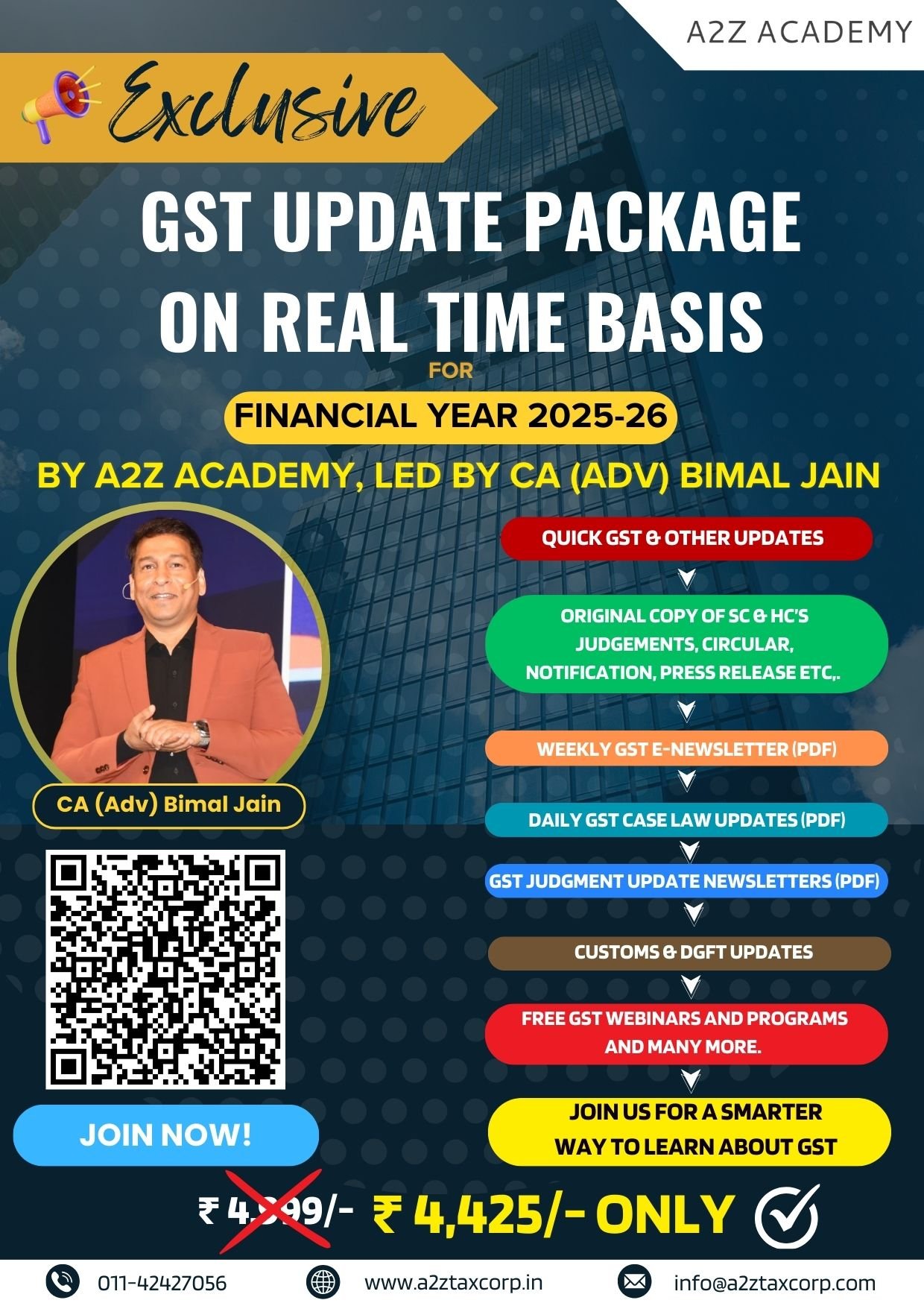
The GST Council is now scheduled to meet on September 3-4, where it is expected to give the final shape to India’s “next-generation” GST reforms package.
This announcement by the Finance Ministry confirms a CNBC-TV18 report first published on August 15.
India’s most ambitious indirect tax overhaul since the 2017 rollout of Goods and Services Tax (GST) is inching closer to reality, with groups of ministers (GoMs) on rate rationalisation, compensation cess, and insurance broadly aligning with the Centre’s proposal for GST 2.0.
Over the last two days, GoM meetings have signalled consensus among states and the Centre on advancing Prime Minister Narendra Modi’s Independence Day promise of a GST 2.0 framework by Diwali—a package expected to lower taxes on essential goods and services, simplify structures, and provide relief to MSMEs and consumers.
Consensus With Caveats
Officials present at the deliberations said that while most states are in agreement with the Centre’s reform blueprint, revenue concerns continue to dominate discussions. Several state finance ministers pressed for clear mechanisms to offset potential revenue loss from tax rate reductions, particularly in light of rising expenditure pressures.
“The political will to move forward is clear, but states want reassurance that their fiscal space won’t shrink. Compensation cess reserves and buoyancy from higher consumption are being actively examined as cushions,” a senior official told CNBC-TV18.
The compensation cess fund, originally designed to backstop states after the GST transition, has emerged as the anchor for managing revenue risks under GST 2.0.
SBI Research Allays Fiscal Deficit Fears
A fresh research note from State Bank of India (SBI) has bolstered confidence that revenue trade-offs may be less severe than feared.
Authored by the Member of the 16th Finance Commission and Group Chief Economic Advisor, SBI’s report argues that the net impact on the Centre’s fiscal deficit will be “non-existent or minimal.”
Key findings include:
The balance in the compensation cess kitty is around ₹45,000 crore. Even if states adjust ₹22,500 crore from this, the Centre’s residual burden of ₹22,550 crore would at best add just 5 basis points to its FY26 fiscal deficit.
An estimated consumption boost of ₹5.5 lakh crore post-GST cut, taxed at 9.5%, could generate additional GST revenue of around ₹52,000 crore. This would be equally shared between Centre and states at about ₹26,000 crore each.
The Centre has exceeded projected tax revenues by an average of ₹2.26 trillion annually over the past four years, providing a cushion for reforms.
“In the long run, there is no apparent trade-off between tax reforms and consumption, just as there is no trade-off between growth and inflation,” the note states. “GST 2.0 could unleash higher consumption, greater revenue, lower inflation, and stronger growth. Debt market fears appear somewhat myopically overblown.”
Industry Welcomes Move, Flags Refund Concerns
Industry associations have largely hailed the Centre’s reform intent, though some sectors have urged the government to address bottlenecks that undermine competitiveness.
The Indian Vegetable Oil Producers’ Association (IVPA), representing the edible oil refining sector, welcomed the Prime Minister’s announcement of GST 2.0 but called for urgent resolution of inverted duty refund restrictions imposed in 2022.
Since edible oils attract 5% GST while key inputs like packaging and chemicals are taxed at 12–18%, refiners face substantial unutilised input tax credits (ITC). The restriction on refunds, IVPA warned, is straining working capital, discouraging investment, and inflating consumer costs.
“With refunds blocked, MSMEs and domestic refiners face disrupted cash flows and reduced viability,” IVPA said in a memorandum to the Revenue Secretary. “Higher costs passed on to consumers may also push lower-income households toward unsafe or adulterated oils.”
The association urged parity with butter and ghee, which continue to enjoy refund benefits. It argued that restoring ITC refunds would boost industry viability, stabilise consumer prices, reduce import dependence, and promote healthier consumption.
What next
With GoMs aligning behind the Centre’s proposals and the SBI study underscoring fiscal resilience, the stage appears set for a Diwali rollout of GST 2.0. However, the success of the reforms will hinge not just on rate cuts, but also on ironing out structural irritants such as refund blockages and inverted duty structures.
As one policy expert observed, “GST 2.0 will be judged not only by its ability to deliver headline tax relief but also by how effectively it addresses the lived realities of industries and consumers.”
The GST Council is now scheduled to meet on September 3-4, where it is expected to give the final shape to India’s “next-generation” GST reforms package.



